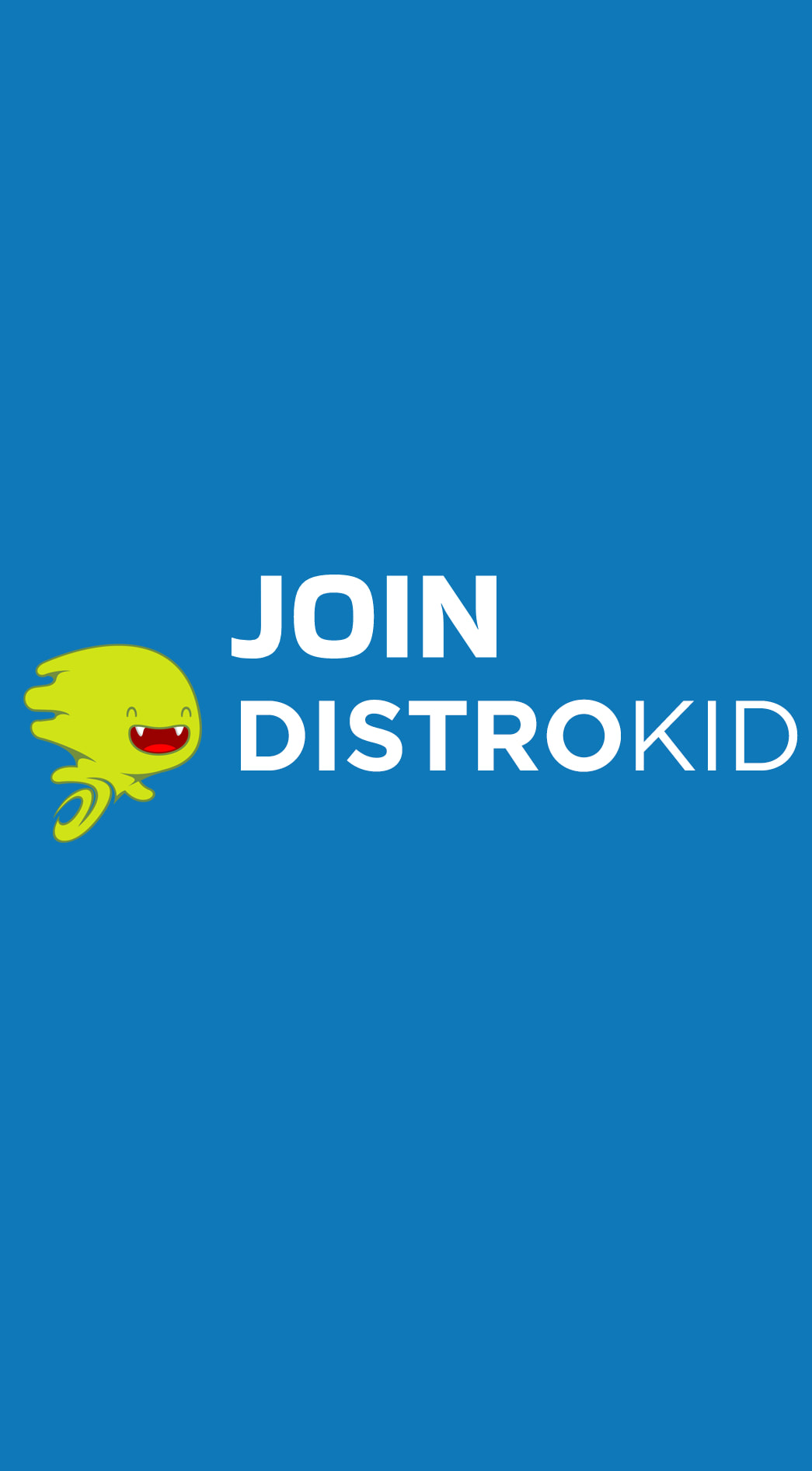|
|
LoFi BlogLoFi MusicMusic MarketingMusic PromotionSpotify Growth TipsHello, I'm Grizzly Beatz and I am an American LoFi Music Producer from Los Angeles Ca. You can find all my music and playlists on Spotify.
When I am not producing music, or writing music related articles, I can usually be found exploring outdoors and national parks and spending time with my family. Popular PostsWhat is lofi Music
Selling Beats Online 2023 Akai MPC One Plus Review SP-404 MK2 Review How To Make Money From LoFi Music Best Studio Monitors Under $500 How The Spotify Algorithm Works 10 Ways To Increase Spotify Streams Why Distrokid Is The Best Categories
All
Archives
July 2024
On Sale On Sale LoFi/Chillhop Music Blog Post
$40.00
$20.00
Are you a LoFi music producer with high quality music looking for some music promotion and exposure? Submit your Spotify song or album to be promoted on our LoFi Hip Hop Blog. This is only for instrumentals, no vocals, and in the following genres: LoFi Hip Hop, Jazzhop, Chillhop. NO TRAP, NO R&B, NO POP, NO ROCK, NO COUNTRY Delivery: 3-5 days (sometimes sooner) Promoting your music via blogs is a great way to increase streams, followers and overall exposure to your Spotify. Having embeds on music blogs also sends positive signals to the Spotify Algorithms. |
LoFi Music Online
Releases
Royalty-Free LoFi Music
Merch
Demo Submissions
LoFi Playlists
Boom Bap
LoFi Blog
Collect Royalties
email: [email protected]
Mailing Address
590 CO-105, STE 289
Monument, Colorado 80132

 RSS Feed
RSS Feed
